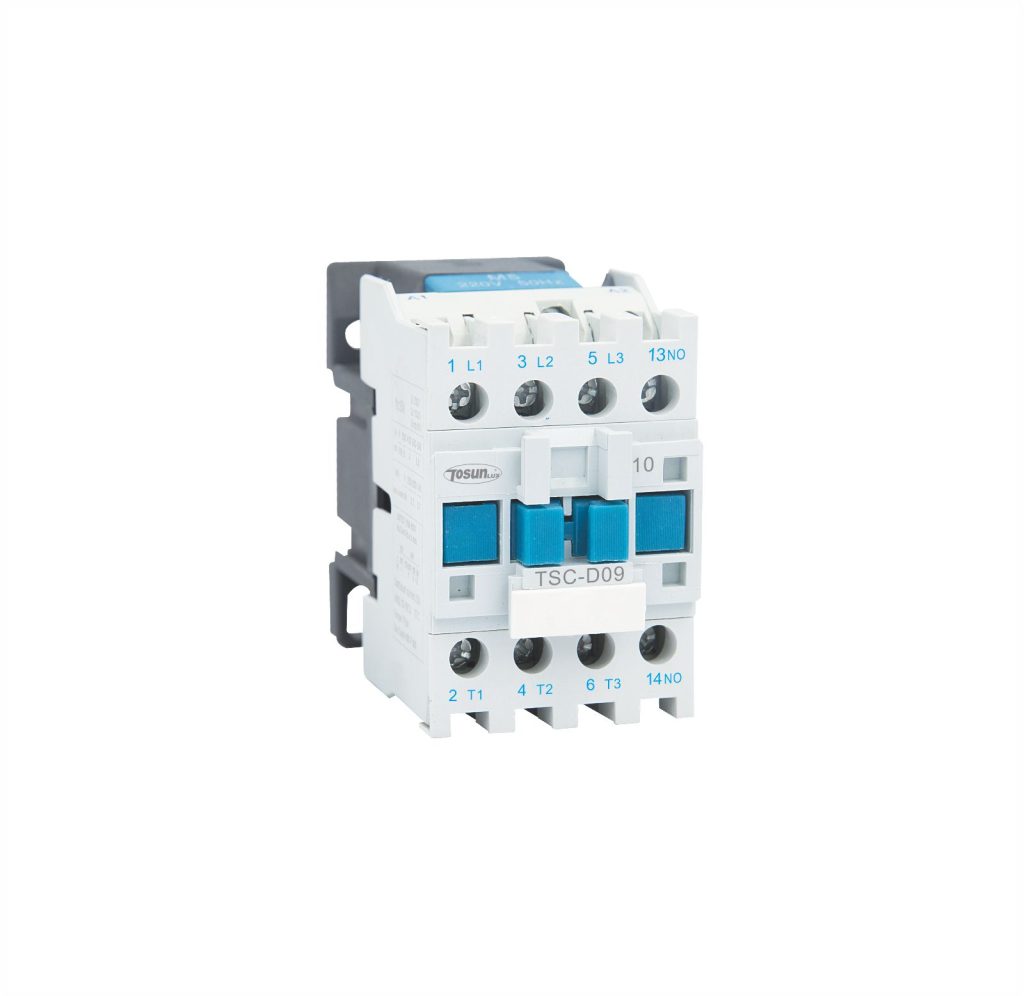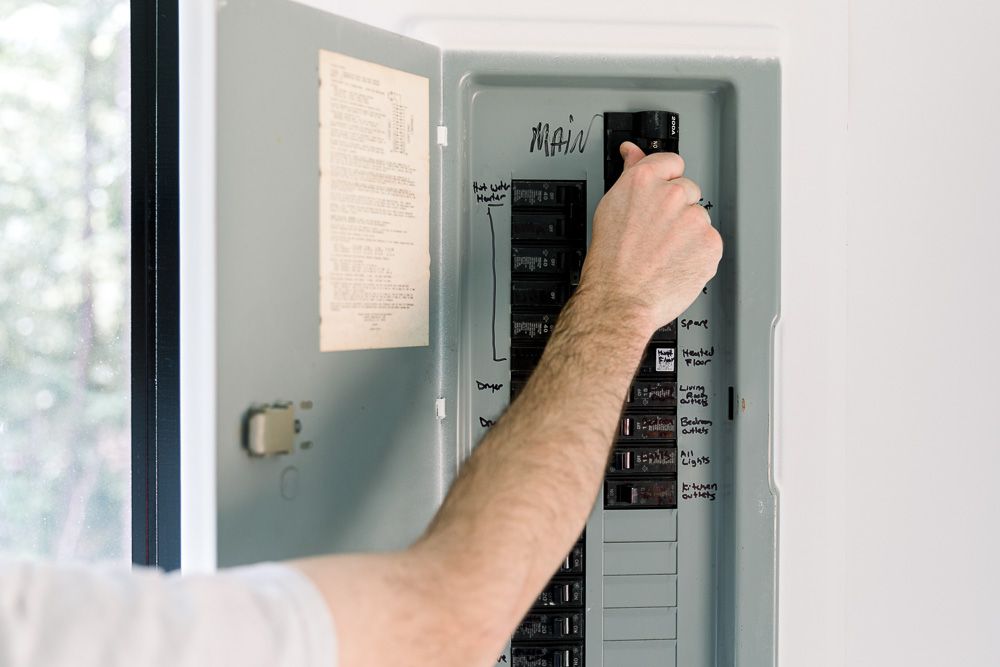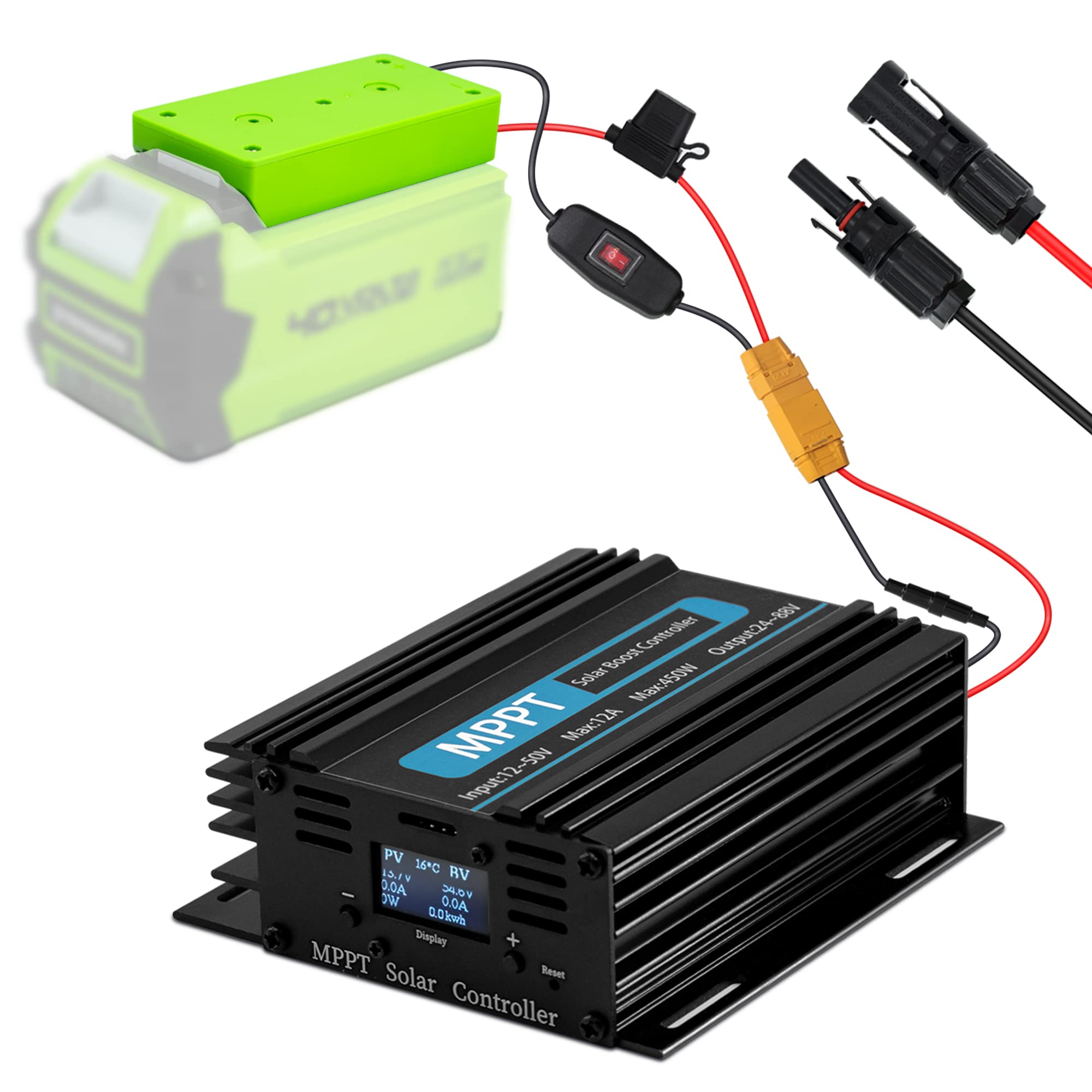Electricity is one of the most interesting topics because most of the appliances we use today work on it.
However, there is a difference in the type of electricity we use for household work. There are two main types of electric current, i.e., AC and DC.
AC stands for alternating current, and DC stands for direct current. There is a significant difference between the two. When it comes to household power supply, it is mostly AC.
DC is not used in households. If you want to know why we use AC but not DC in the household, follow this guide.
In this article, we are going to discuss AC and DC and explain to you why we use AC instead of DC in households.
What Is Alternating Current?
Alternating current is the type of current that flows in the back and forth direction. The difference between direct current and alternating current is in their directionality.
While direct current flows in one direction, alternating circuits reverse the direction of the flow periodically and change the magnitude of the signal.
This is why alternating circuits are more efficient. The difference between direct and varying-rate power sources is important for determining the proper power source.
Alternating current varies its polarity and magnitude in random intervals. AC’s charged particles begin their journey at zero, increase to maximum, and decrease back to zero. At the end of each positive cycle, they hit the ball on the opposite end of the line, propelling it away from the group. In this way, AC reverses itself and reaches its original value.
As you can see, alternating currents have different properties and are used for different purposes. It is used in many different industries, such as in manufacturing and construction. If you’re a student of electricity, you probably already know that alternating currents are more efficient than direct currents.
What Is Direct Current?
Direct current is the unidirectional flow of an electric charge through a material. This type of current can flow through a conductor, insulator, or vacuum.
However, unlike AC, it only flows in one direction. The electron or ion beams in X-rays are also examples of direct current. It is important to understand that direct current and alternating electricity are not the same things. Both types of currents have their advantages and disadvantages, but both types can be used for specialized purposes.
If you are unfamiliar with power systems, DC refers to those that use only one polarity for voltage and current. This means that all voltages and currents are constant.
In a household context, direct current is used in electronic equipment. This type of energy is used in automation, computers, electric cars, and appliances. It’s also the type of electrical energy used to power a light bulb.
Unlike alternating current, which flows in any direction, direct current only flows in one direction. This type of energy was previously known as galvanic current.
Difference between AC and DC:
While we’ve heard of both AC and DC, we often wonder what the difference is between them. These two types of electricity come from two different sources, i.e., the power grid and your home.
In fact, the electricity that powers your home is usually AC power, delivered to your home via your power outlets. While AC power can be more convenient to use and is often more efficient in certain applications, many electronic devices and appliances prefer DC power because it provides a consistent and smooth flow of current.
When a household is running on electricity, it is important to understand how AC differs from DC. DC is less dangerous than AC, but it can’t travel as far as AC. Both forms of electricity are generated by the same device.
For example, solar panels generate DC. Similarly, batteries produce DC and can be used for energy storage and LED lighting. While both types of power are safe to use, AC is generally safer to use, especially if you’re using it in a high-powered appliance.
AC is more efficient than DC, but it’s more dangerous than DC. It has a higher voltage and is more likely to cause electrical shocks than DC. It’s also a safer way to power a device if you don’t need to use too much electricity.
Why Do We Use AC but Not DC in Households?
Electric current (AC) is a flow of charge along copper wires. DC flows in one direction, which is called direct current. AC, on the other hand, reverses direction periodically.
This allows electricity to move in one direction, and the AC supply is used to power homes and businesses. The DC current is typically found in batteries and is used in some industrial applications.
Unlike DC, which has a flat line, AC can raise its voltage. Power companies, for example, use electric transformers to step up the voltage. High-voltage lines carry power across the country. Using this method is much more affordable and reliable. It is also much simpler to install than DC wiring, so it is a great option for most households.
AC and DC power are two types of current that are different because of their polarity. Direct current (DC) is the most common type of electricity in the world and is used in most electrical devices and household appliances.
However, DC isn’t used as commonly in households. That’s because DC produces more heat and fire hazards, and it costs more to convert high voltage to low voltage.
AC power is more efficient than DC. It is safe to transmit longer distances, but it has inherent disadvantages. While DC current is safer in direct contact with an equal voltage, it is less reliable over long distances. But the advantages of AC are well worth it. If you want to keep your home running and your electronics running, use AC.
The AC supply makes it easy to change voltages. Power companies use electric transformers to step up the voltage. The electricity is then transmitted over high-voltage lines. In addition to allowing for higher voltages, the AC power is also more efficient in transferring energy, making it easier to transfer to homes.




